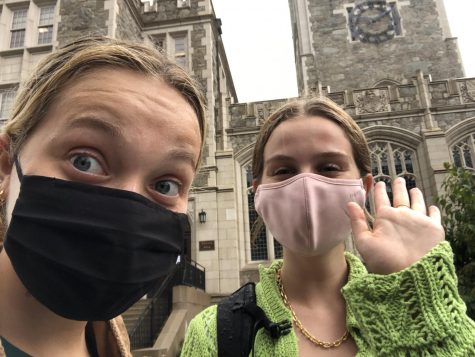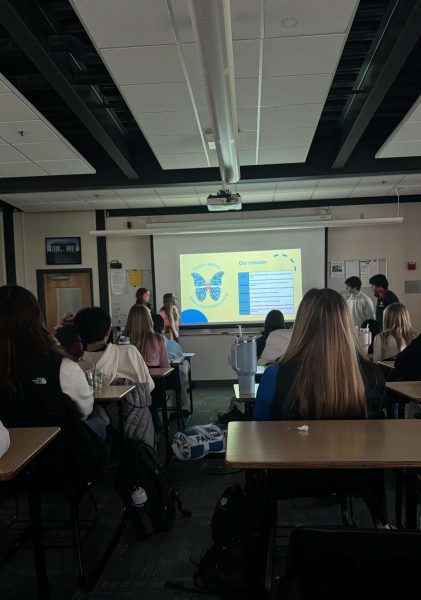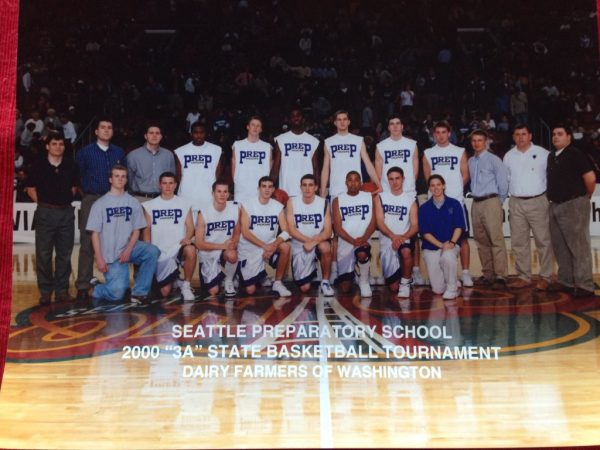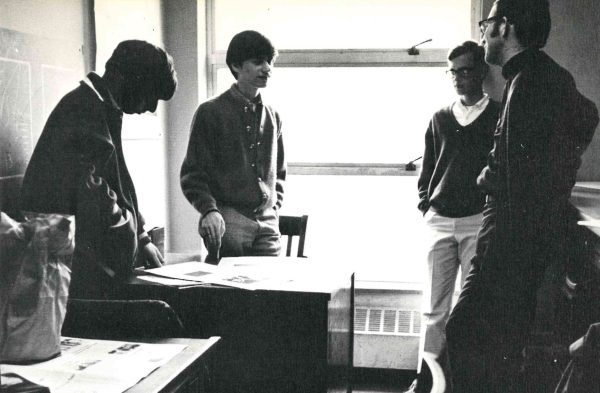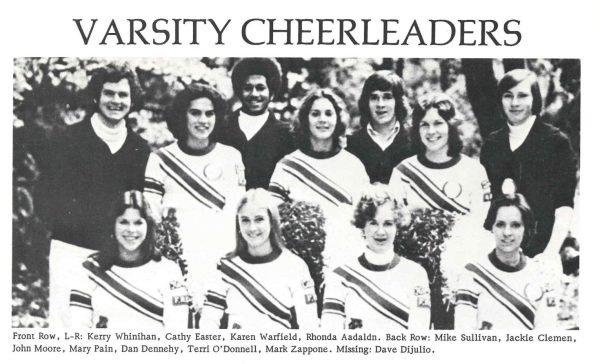Staying Aware in the Media Cycle
October 30, 2020
From debates to rallies to voting, with the election right around the corner, the news is constantly reporting on everything and anything surrounding it. There is a continuous flow of the media: the media cycle. The cycle contains news outlets, newspapers, social media, and basically anything that people can see and take in. But more specifically, as viewers of the media cycle are taking in more and more information it is important to remain critical and to do research on what is being shared.
The media has always partaken in large events, such as the election. Mr. Stearns, Dean of Students, said that “The idea of the role of the media in national events dates back to Teddy Roosevelt and the Spanish-American War.”
There has always been constant coverage of what is going on in the world, whether it was delivering word by horseback years ago, or sending a tweet out today. But with all of this information continuously being shown to consumers, it is important to stay informed from many different sources to get the full story. Stearns said, “Major news companies are owned by powerful people who have interest in promoting their narrative. It is especially important for all of us to be critical viewers and to try to look past the surface when consuming information.”
With news companies having their own directed audience, viewers of these companies must remain aware of possible bias. Stearns said, “Social media has become incredibly powerful because of its broad reach and relatively unrestricted and unfiltered opportunity to share information very quickly.”
With social media increasing as a platform for spreading awareness about issues in the world, it is crucial that users be sure to fact check what they are viewing. Eva Schwartz ’21 said, “I think it is also super important to do background work and really press to understand if the information you are taking in is valid or not so that the impact of disinformation can be decreased.”
“Social media impacts how we receive this media, and also how we perceive it. Looking at comments, replies, and more from a tweet can shape someone’s perspective and opinion about what was tweeted,” said Schwartz.
Now, news can be reached at just the opening of a computer or phone, Stearns said, “The current consumer of information rarely reads past a headline or hashtag. Since information moves so fast now, it seems rare for people to slow down and read a long article or spend time with a subject that is longer than three tweets.”
This shows how crucial it is to take the time to read and dissect the information that someone is taking in. So, it is more important now than ever to pay attention to the media, and take the time to see all sides of a breaking story, because as information tumbles through the media cycle, and ends up to the viewer, it is up to them what to make of it.

